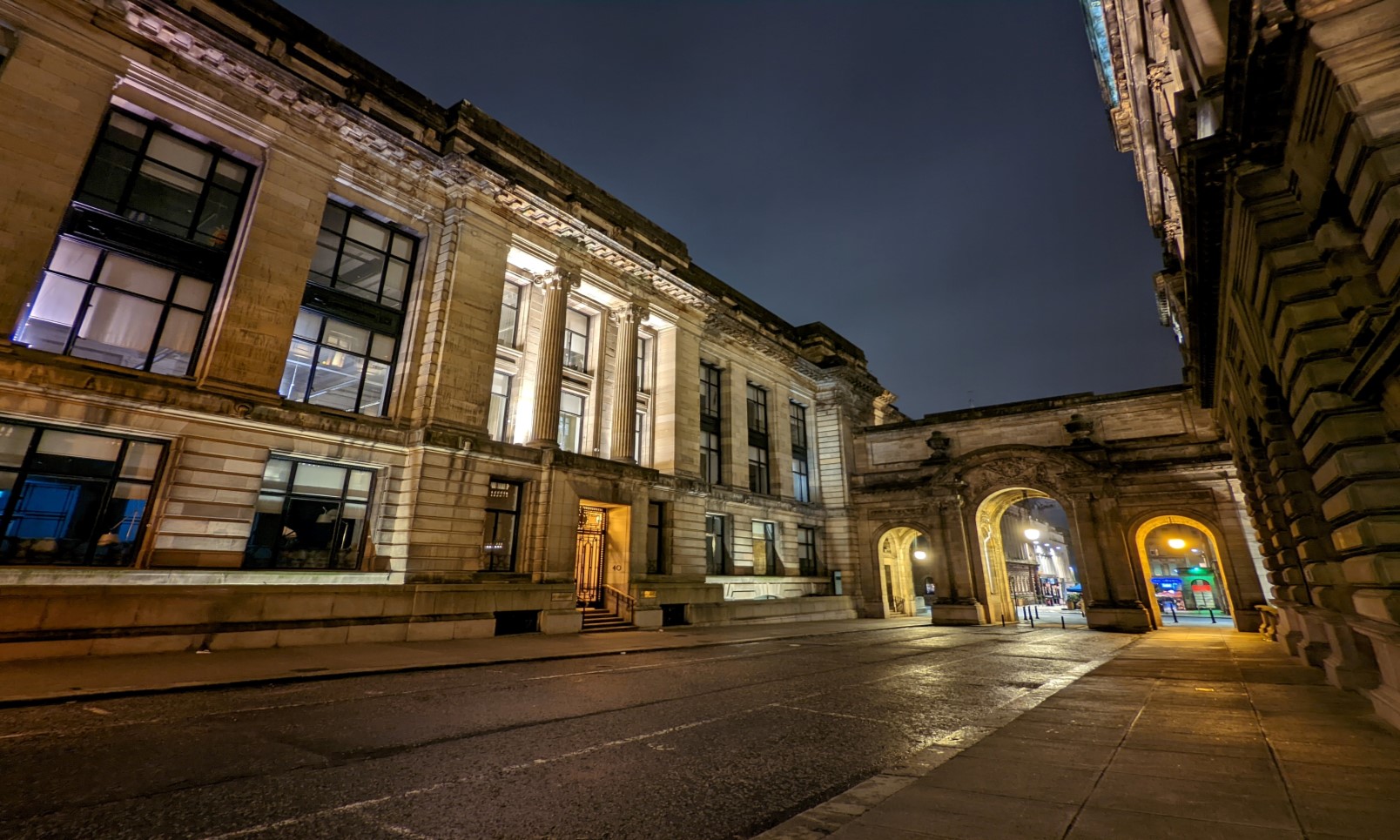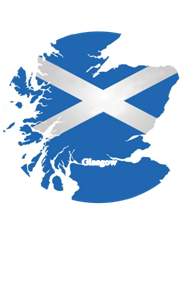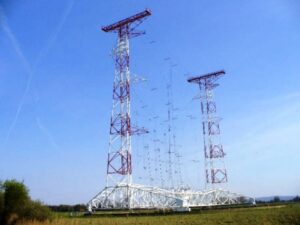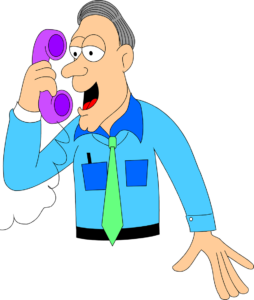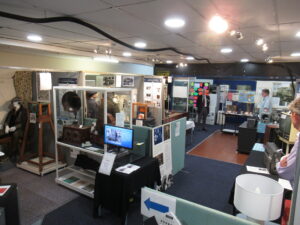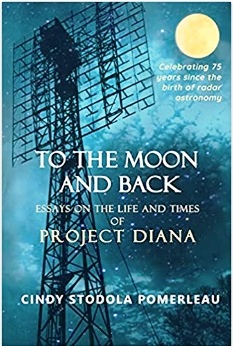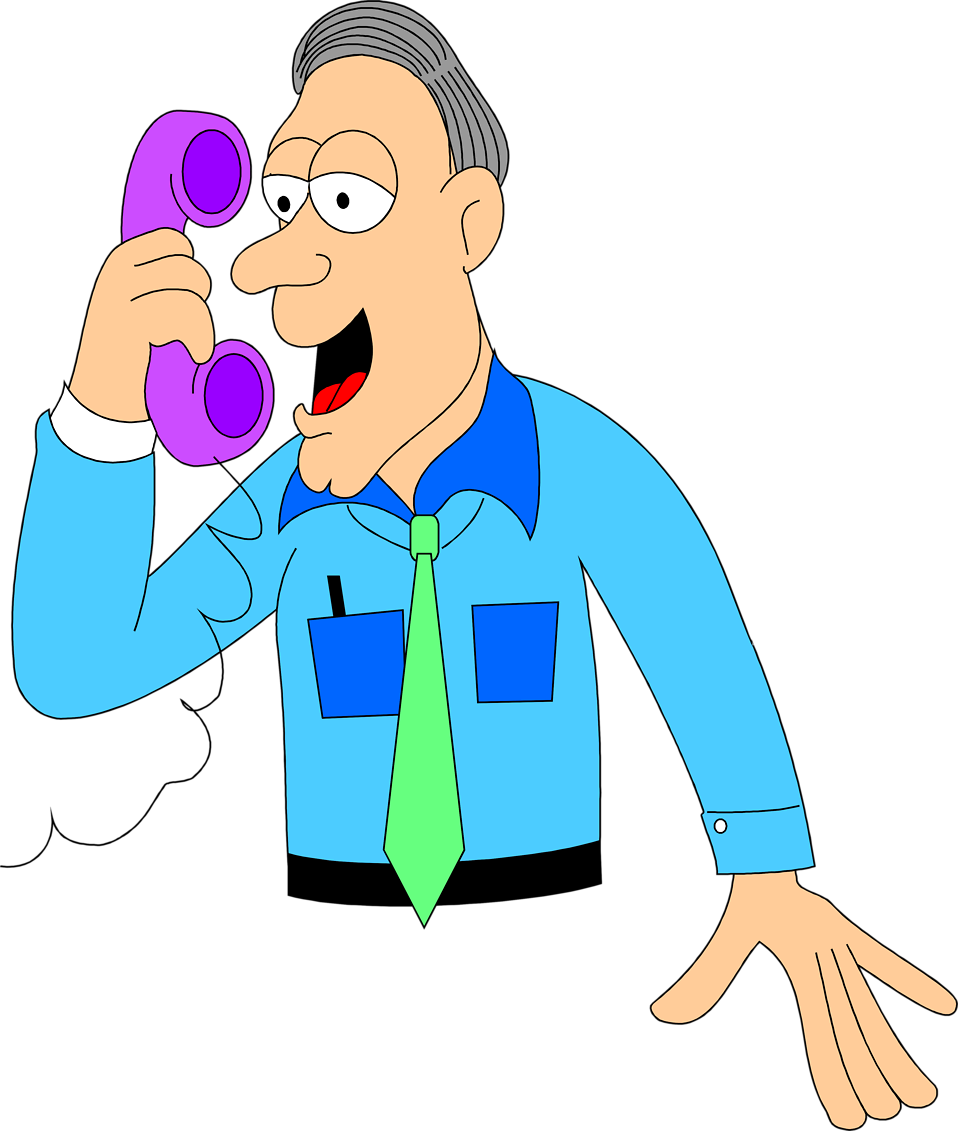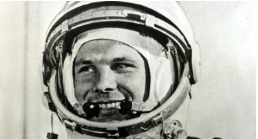
(Original Article March 2021, Updated 24th February 2025 – see below)
Guglielmo Marconi was an Italian inventor and the person who first adapted radio waves into a functioning communication system. After the initial idea of interconnected telegraphic systems, many people began experimenting with possibility of making it wireless. At the break between 1800’s and 1900’s wireless was completely unregulated, as nobody really knew how it worked with all the transmitters and receivers, resulting in many people experimenting with their transmitters and receivers.
It’s hard to tell who was the world’s first radio amateur. Rumours are that it could have been M.J.C. Dennis from London, UK. Influenced by Marconi’s experiments, Dennis reportedly built first non-professional wireless station in the world in 1898?
1. Yuri Gagarin (UA1LO Used by another Russian Amateur?)
Yuri Gagarin became the first human to travel into space in 1961. This historic flight brought him immediate worldwide recognition. However, only few people know that Russian cosmonaut was also a ham radio operator. Most of the members of today’s astronaut corps are licensed amateur radio operators.
2. Les Hamilton (GM3ITN)
[EDIT: Les is a Past Member of The Radio Club Of Scotland – HERE . Put his callsign in the Search Box ]
Les Hamilton was a Scottish ham radio operator who first alerted the British government that the Falkland Islands had been invaded by Argentina. During the occupation he was the only person in Britain to be in regular radio contact with the islanders.
3. John Sculley (K2HEP Not QRZ.com Listed?)
John Sculley, the former president of PepsiCo (1977–1983), became the CEO of Apple Inc. in 1983 and he is also a licensed radio amateur. The marketing genius remained on the position for ten years and even saw the great Steve Jobs resign from his position after the fight between the two of them.
4. Qaboos bin Said al Said (A41AA)
Qaboos bin Said al Said is the Sultan of Oman. And not just that. The country’s leader is a radio amateur as well! Qaboos bin Said al Said became the Sultan of the country of Oman in 1970 and has remained in the position till his death in January 2020.
5. Juan Carlos (EA0JC)
From one country leader to another. Well almost. Juan Carlos resigned as the King of Spain from 1975 to 2014. His amateur radio callsign is EA0JC.
6. Marlon Brando (FO5GJ)
Last Tango in Paris, The Godfather, Julius Caesar… Who hasn’t heard of these cult movies? They all have one thing in common. It’s Marlon Brando, one of the best actors in history. And there’s more. Marlon Brando was a licensed radio amateur, with the callsign FO5GJ.
Updates Feb 2025 – Colin Butler
7. Frederich Merz (DK7DQ)
Amateur radio and politics may not always mix but almost everyone knows a few names of public officials who have led their nations. In Germany, one amateur radio operator has set his hopes high too. Frederich Merz, DK7DQ, is hoping for an achievement that could be thought of as “Worked All Germany” even though, in this case, it’s outside the realm of amateur radio. Frederich Merz is the leader of Germany’s CDU party and the front-runner in The February 23rd (2025) elections to replace Olaf Scholz. A win would make the political conservative the nation’s new Chancellor and as such he would join the ranks of other licensed heads around the world –
8. King Hussein (JY1)
Most notably the late King Hussein of Jordan, who held the callsign JY1,
9. King of Thailand (HS10A)
And the present King of Thailand, whose callsign is HS1ØA
Continued updates Feb 2025: Kevin MM7TXV
10. Joe Walsh (WB6ACU)
Wikipedia Extract:
While living in New York City, Walsh began a lifelong interest in amateur radio. He holds an Amateur Extra Class Amateur Radio License, and his station callsign is WB6ACU.[80] In 2006, he donated an autographed guitar to the ARRL in Newington, Connecticut, for its charity auction. He has also been involved with the group’s “Big Project”, which brings amateur radio into schools. Walsh has included Morse Code messages in his albums on two occasions: on the album Barnstorm, (“Register and Vote”); and on Songs for a Dying Planet, (“Register and Vote for Me”).[81] Walsh provides the theme song (which includes Morse code) for the TWiT podcast Ham Nation (debuting in 2011), and he appeared as a guest in the first podcast,[82] as well as episode 400.[83
Feb Jack GM4COX:
11. Senator Barry Goldwater (K7UGA)
Item from ARIZONA HISTORICAL SOCIETY:
“…………..Amateur or “ham” radio is a hobby and communication service that has been bringing people together for over a century. Join ASU Associate Professor of History Eric Nystrom to discover the history of Arizona’s most famous ham radio operator, U.S. Senator Barry Goldwater. Goldwater’s association with amateur radio began in his Arizona youth when he constructed his own equipment, and the politician again picked up the hobby as an adult after a long hiatus. He was famous for his longtime ham radio shack in Paradise Valley, now preserved and on display at the Arizona Historical Society. Known on the airwaves as K7UGA, Goldwater sponsored legislation to shape the regulation of amateur radio in the United States. Using his radios, Goldwater and a group of organized volunteers connected service members stationed in Vietnam with their families back in the United States. Learn about ham radio’s importance to Goldwater and his impact on the evolution of the amateur service in America………….”
